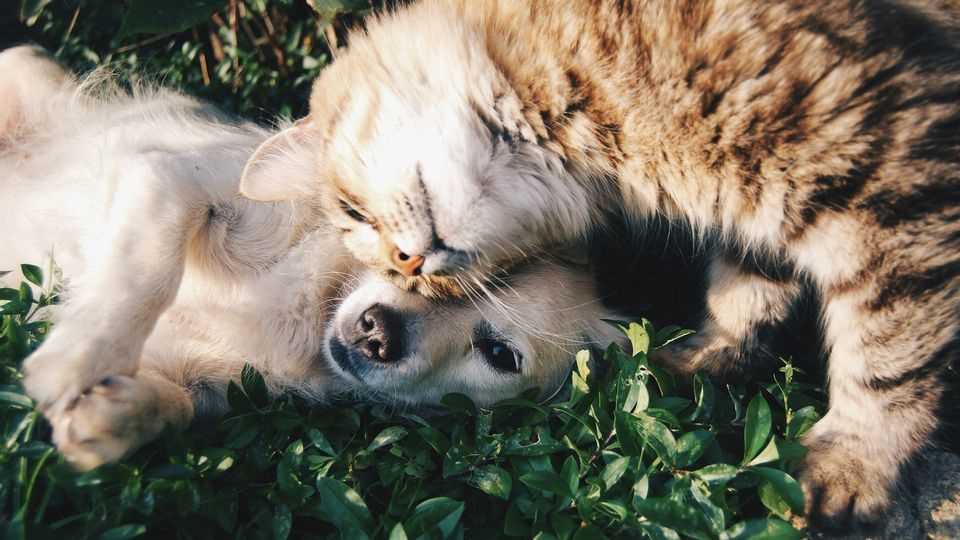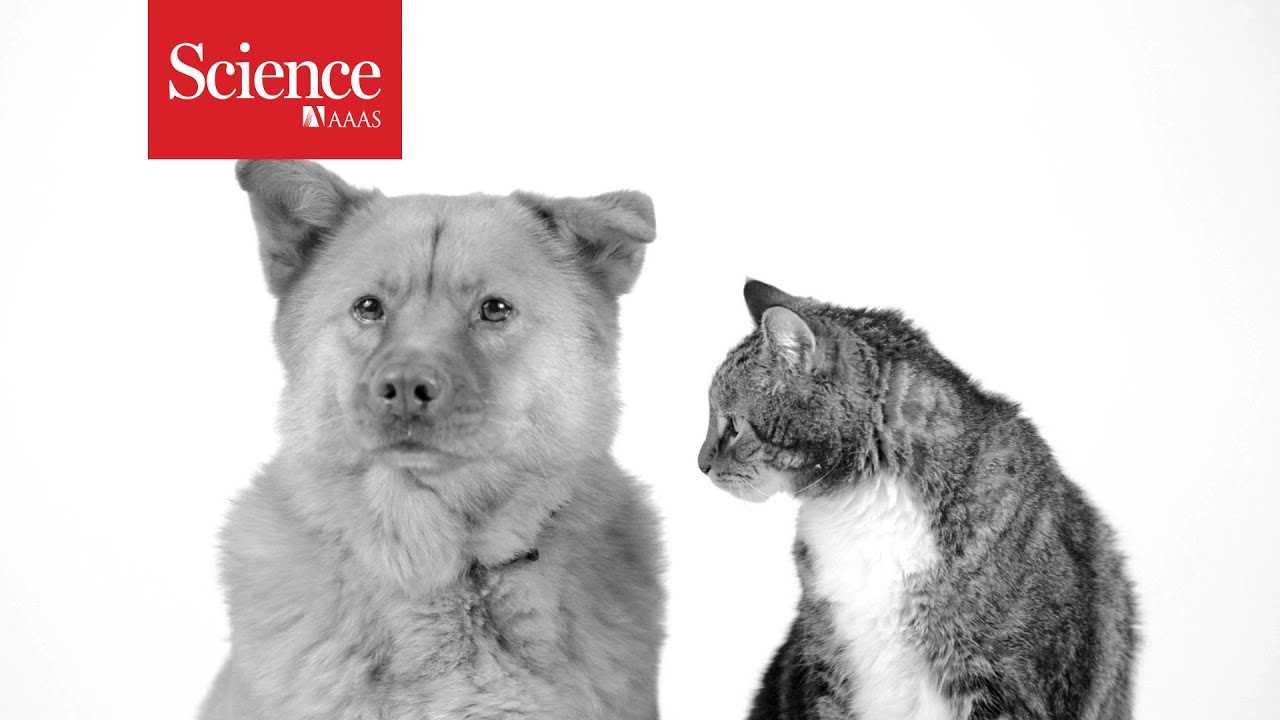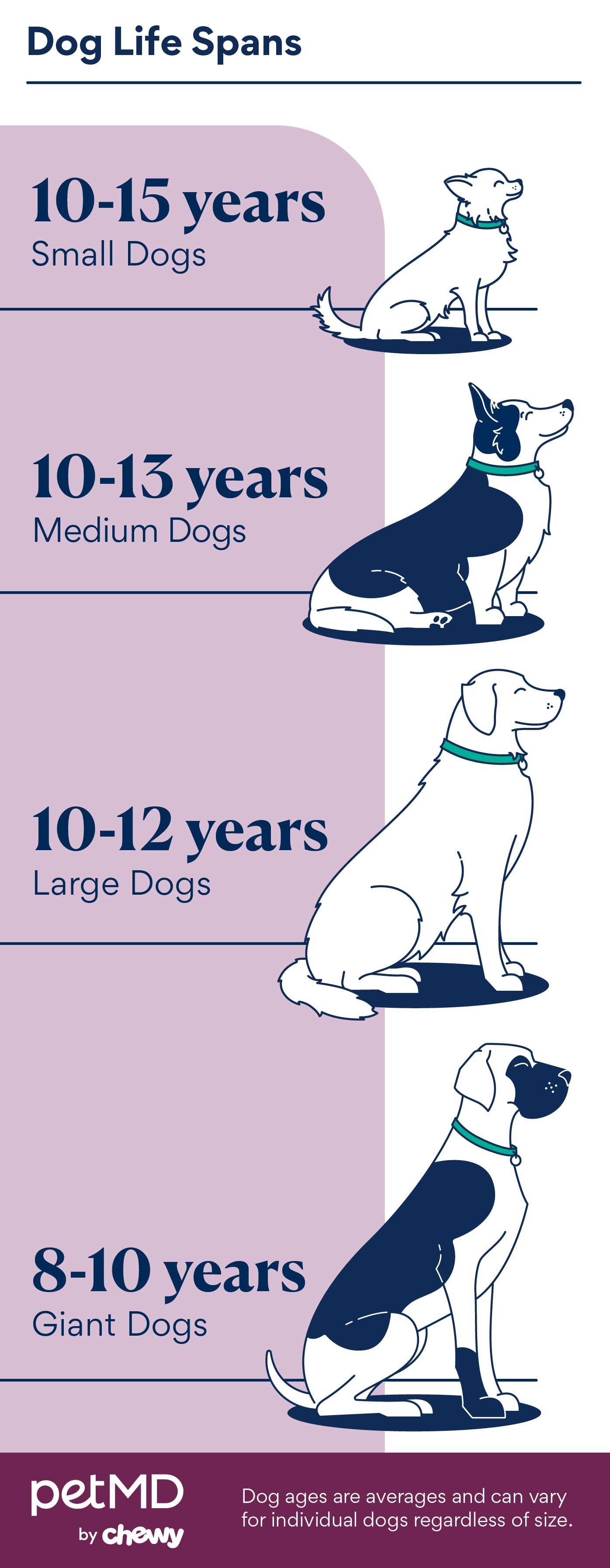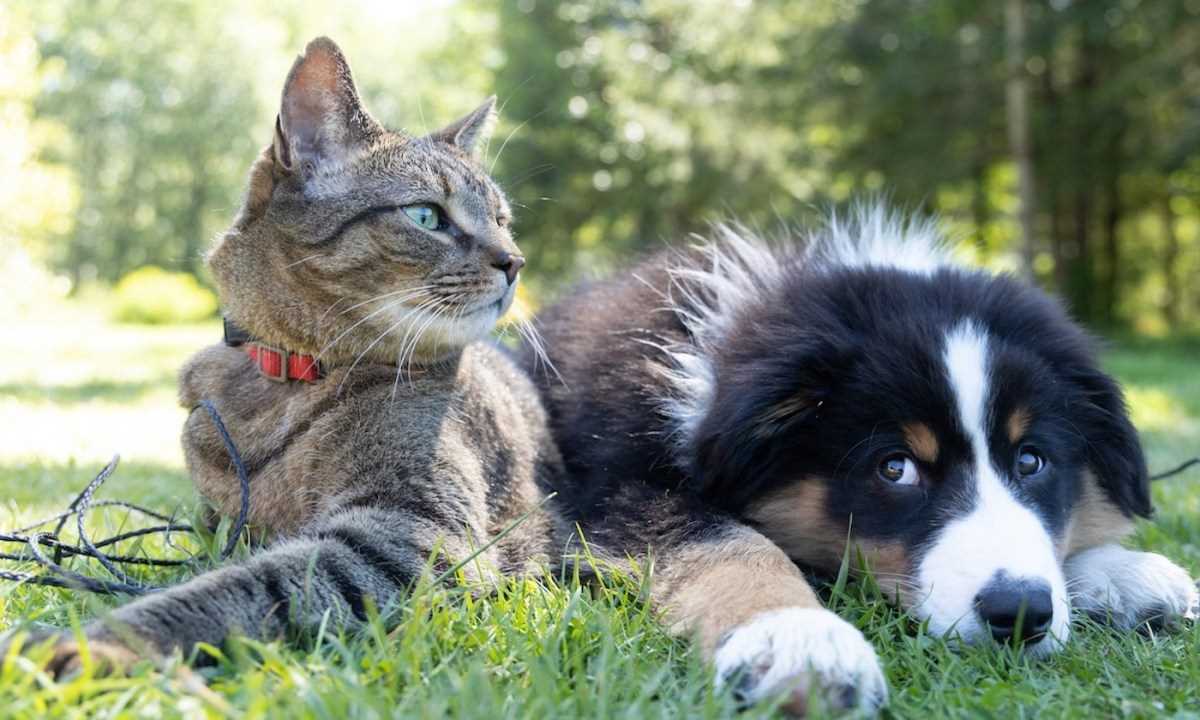

As an 8-year-old Scottish Fold, I can confidently say that the average lifespan for my kind tends to hover around 12 to 15 years. In the case of my canine counterparts, the numbers vary significantly based on size and breed, typically ranging from 10 to 13 years. For instance, smaller breeds like Chihuahuas often surpass their larger friends like Great Danes, who may only see about 7 to 10 years.
Diet, exercise, and regular veterinary check-ups play crucial roles in determining how many years a beloved pet might enjoy. For us felines, a balanced diet rich in protein and a playful lifestyle help maintain health and vitality, potentially leading to a longer existence. Meanwhile, canines benefit from a mix of physical activity and socialization to thrive.
Genetics also influences longevity. Purebred animals may face health challenges associated with their lineage, while mixed breeds often display hardiness and fewer hereditary issues. On average, mixed-breed dogs enjoy a few extra years compared to their purebred peers, while I, as a Scottish Fold, have my own set of genetic traits to consider.
Ultimately, both species can bring joy and companionship to our humans, but if longevity is a primary concern, adopting a cat may be the more favorable option.
Longevity Comparison: Felines vs. Canines

Based on my observations and research, I can confidently say that the average lifespan of a feline is typically around 12 to 15 years. In contrast, the usual lifespan of a canine varies significantly depending on the breed but averages between 10 to 13 years. Smaller breeds tend to enjoy a more extended duration, sometimes reaching up to 16 years or more, while larger breeds might only reach around 8 to 10.
Diet plays a significant role in determining how long we thrive. High-quality food tailored to our specific needs can enhance health and longevity. Regular veterinary check-ups are also crucial; they help catch potential issues early. For us cats, staying indoors can reduce risks from accidents or diseases, while canines benefit from regular exercise, which supports their cardiovascular health.
Genetics should not be overlooked. Some breeds, both feline and canine, have predispositions to certain health conditions. Understanding these predispositions can guide pet owners in making informed decisions regarding care and management. For instance, certain feline breeds like the Siamese often have a longer lifespan compared to others.
Engaging in mental and physical activities contributes to well-being. I find that interactive toys keep my mind sharp, while my canine friends thrive on walks and playtime. Social interactions are also essential; happy pets often enjoy healthier lives. Building a strong bond with our human companions can lead to a more fulfilling existence.
In conclusion, while the average duration of existence may favor felines, numerous factors influence our health and well-being. The key lies in understanding individual needs and providing the best possible care tailored to each unique companion.
Averaging Lifespan: Felines vs. Canines
On average, my fellow felines typically enjoy a lifespan ranging from 12 to 15 years, while our canine companions tend to have a shorter span of about 10 to 13 years, depending on size and breed. Smaller breeds, like Chihuahuas, may reach up to 15 years or more, while larger ones, such as Great Danes, often have a shorter lifespan, averaging around 7 to 10 years.
Here’s a quick breakdown of the average lifespans based on size and breed:
| Type | Average Lifespan |
|---|---|
| Small Breeds (e.g., Chihuahuas) | 12 – 16 years |
| Medium Breeds (e.g., Beagles) | 10 – 15 years |
| Large Breeds (e.g., Labrador Retrievers) | 10 – 12 years |
| Giant Breeds (e.g., Great Danes) | 7 – 10 years |
| Felines | 12 – 15 years |
Factors like genetics, lifestyle, and healthcare play significant roles in determining longevity. Regular veterinary check-ups and a balanced diet contribute greatly to a longer, healthier life. For instance, maintaining optimal environmental conditions, such as lowering ammonia levels in fish tanks, can also impact the overall well-being of household pets. For tips on this, check out how to lower ammonia levels in fish tank naturally.
Ultimately, ensuring a safe and loving home is the best way to enhance the lifespan of both species.
Factors Influencing Longevity in Felines
Nutrition plays a key role in my well-being. A balanced diet rich in high-quality proteins, vitamins, and minerals can significantly impact health. Regular check-ups with a vet ensure that any health issues are addressed early, preventing potential problems from escalating.
Genetics also affect lifespan. Some breeds are predisposed to certain health conditions. For example, purebreds might have specific genetic disorders that can limit their time with us. Mixed breeds often exhibit greater genetic diversity, which can lead to a more robust constitution.
Activity levels are crucial. Regular playtime helps maintain a healthy weight and stimulates mental health. Engaging in physical activities, whether chasing toys or climbing, keeps both body and mind sharp.
Stress management is essential. A calm environment contributes to overall wellness. Providing safe spaces and enriching surroundings can minimize anxiety and promote a peaceful existence.
Spaying or neutering can also influence my lifespan. These procedures reduce the risk of certain diseases and help manage behaviors that might lead to dangerous situations.
Lastly, companionship matters. Having other furry friends can enhance emotional health, making daily life more enjoyable and fulfilling. Social interactions can lead to a happier and potentially longer life.
Factors Influencing Longevity in Canines
Diet plays a pivotal role in the lifespan of canines. High-quality nutrition, tailored to their specific needs, can enhance health and longevity. It’s crucial to select foods rich in essential nutrients and avoid fillers.
Regular veterinary check-ups are non-negotiable. Routine vaccinations, parasite control, and dental care significantly contribute to overall health. Keeping up with these appointments helps catch potential issues early.
Exercise is another key factor. Daily physical activity not only maintains a healthy weight but also promotes cardiovascular health and mental stimulation. Aim for at least 30 minutes of exercise tailored to their breed and age.
Genetics also plays a role in determining lifespan. Some breeds are predisposed to specific health conditions that can shorten their life expectancy. Researching breed characteristics can provide insights into potential health issues.
Stress management is essential. A stable, loving environment reduces anxiety and contributes to a healthier life. Social interactions, both with humans and other animals, can improve emotional well-being.
Environmental factors cannot be overlooked. A safe living space, free from hazards, and a climate suitable for the breed can impact health. Avoid exposing them to extreme temperatures or toxic substances.
Lastly, mental stimulation is vital. Engaging activities, puzzles, and training sessions help keep their minds sharp and can prevent behavioral issues, contributing to a longer, healthier life.
To sum up, focusing on diet, health care, exercise, genetics, stress management, environment, and mental stimulation can significantly contribute to the well-being and lifespan of our four-legged friends.
Health Care Practices for Longer Lives
Regular veterinary check-ups are a must. Annual visits allow for early detection of health issues. Ensure vaccinations are up to date to prevent diseases.
Nutrition

- Choose high-quality food tailored to age and health needs. Look for options with high protein and low fillers.
- Maintain a balanced diet rich in nutrients to support overall well-being.
- Monitor portion sizes to prevent obesity, a common issue that shortens lifespan.
Exercise
- Engage in daily playtime to promote physical activity. Interactive toys can stimulate both mind and body.
- Provide climbing structures or scratching posts to encourage movement and exercise.
- Consider regular outdoor time, if safe, for natural exploration and exercise.
Dental care is crucial. Regular brushing and dental treats can prevent oral diseases that might affect overall health.
Mental stimulation is equally important. Puzzle feeders and training sessions keep minds sharp and engaged.
Lastly, ensure a stress-free environment. Safe spaces and consistent routines promote emotional well-being, enhancing quality of life.
Dietary Impact on Lifespan of Pets
Providing a balanced and nutritious diet significantly affects the longevity of our furry companions. High-quality proteins, essential fatty acids, vitamins, and minerals contribute to overall health and can help prevent common ailments.
Key Nutritional Components

Proteins serve as the foundation of any pet’s diet, promoting muscle growth and repair. Look for animal-based protein sources like chicken, fish, or beef. Essential fatty acids, particularly omega-3 and omega-6, are crucial for maintaining a healthy coat and skin. Incorporating ingredients like fish oil can have a positive impact.
Vitamins and minerals also play a critical role. For instance, antioxidants such as vitamins E and C can boost the immune system, while calcium and phosphorus support bone health. Tailoring meals to include these elements can enhance vitality.
Feeding Practices
Portion control is essential. Overfeeding can lead to obesity, a major risk factor for various health issues. Regularly measuring food and following feeding guidelines can help maintain an ideal weight. Additionally, providing access to fresh water is vital for hydration and digestion.
Consideration of dietary needs is also important as pets age. Senior formulations often contain adjusted protein levels and added joint support supplements. Consulting with a veterinarian to create a tailored diet plan can optimize health outcomes.
Incorporating variety into meals can promote interest and enjoyment in eating, leading to better overall health. Experimenting with different flavors and textures ensures that mealtime remains engaging.
Ultimately, the right diet can significantly enhance the quality of life and promote a healthier, happier existence for our beloved companions.
Common Myths About Pet Lifespans

Many believe that size directly affects how long a furry friend stays with us. While it’s true that larger breeds often have shorter life spans, this doesn’t apply universally. Small breeds can also face genetic issues that may limit their time. It’s essential to consider individual health rather than relying solely on size as an indicator.
Another widespread belief is that indoor companions live significantly longer than their outdoor counterparts. While it’s generally safer indoors, some indoor pets can develop health issues due to lack of activity and stimulation. Regular exercise and mental engagement are crucial, regardless of living conditions.
Some think that age equals wisdom and experience, leading to assumptions that older companions are less active or healthy. In reality, many seniors can still enjoy an active lifestyle with proper care and nutrition. Tailored diets, such as cat food for cats with ibd, can help maintain their vitality.
There’s also a myth that mixed-breed pets are healthier than purebreds. While hybrid vigor can be a factor, it’s not a guarantee. Each breed has its own set of health concerns that should be addressed individually, regardless of lineage.
Lastly, many people believe that regular vet visits are only necessary for sick animals. In truth, preventive care is key to prolonging any pet’s life. Regular check-ups can catch potential issues early, ensuring that every furry friend has the best chance for a long, happy existence.
FAQ:
What is the average lifespan of cats compared to dogs?
The average lifespan of domestic cats usually ranges from 12 to 15 years, while dogs tend to have a shorter average lifespan, typically between 10 to 13 years, depending on the breed. Smaller dog breeds often live longer than larger ones, sometimes reaching up to 15 years or more, whereas larger breeds may only live around 7 to 10 years.
Are there specific factors that influence the longevity of cats and dogs?
Yes, several factors can impact the lifespan of both cats and dogs. These include genetics, diet, exercise, and healthcare. For instance, pets that receive regular veterinary check-ups and vaccinations tend to live longer. Additionally, spaying or neutering pets can also contribute to a longer life by reducing the risk of certain diseases. Environmental factors, such as living indoors versus outdoors, can further influence their longevity, with indoor cats generally living longer than those who roam outside.
Why do cats generally live longer than dogs?
Several reasons may explain why cats often have longer lifespans compared to dogs. One factor is their smaller size; smaller animals typically have longer lifespans. Additionally, cats are less prone to certain health issues that are common in dogs, such as obesity and heart disease. Their independent nature also means they might experience less stress from social interactions, which can affect overall health. Finally, cats tend to be more cautious and less likely to engage in risky behaviors, such as roaming into traffic, which can lead to accidents.
What can pet owners do to help their cats or dogs live longer lives?
To promote longevity in pets, owners should focus on proper nutrition, regular exercise, and routine veterinary care. Providing a balanced diet tailored to their pet’s age and health needs is essential. Regular physical activity helps maintain a healthy weight and keeps pets mentally stimulated. Routine vet visits allow for early detection and treatment of potential health issues. Additionally, creating a safe living environment and ensuring vaccinations are up-to-date can further enhance a pet’s quality of life and lifespan.









